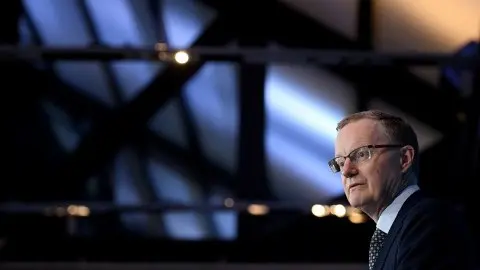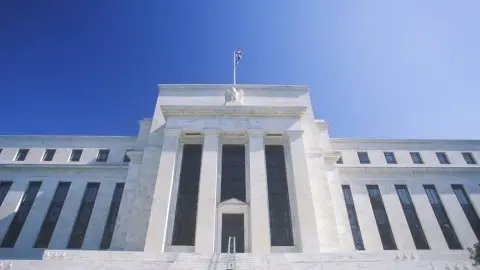Australia’s central bank hints at more rate cuts
The Reserve Bank of Australia's June meeting minutes describe domestic and overseas economic data as “mixed”, but the outlook remained “reasonable”. Risks associated with global trade disputes have risen but the impact of further rate cuts wasn't viewed as unambiguously positive
Key phrases of the minutes
If you've never had to comment on the minutes of a central bank before, the trick is to start at the end, with the discussion on the actual decision. The rest is usually fluff and padding. In the June meeting minutes, two key phrases in the last paragraph are:
- Given the amount of spare capacity in the labour market and the economy more broadly, members agreed that it was more likely than not that a further easing in monetary policy would be appropriate in the period ahead. And:
- However, lower interest rates were not the only policy option available to assist in lowering the rate of unemployment, consistent with the medium-term inflation target.
The final sentence went on to say that developments in the labour market would be of particular importance in determining future policy.
More rate cuts to come...but how much, and when?
The Australian central bank uses market rates in its modelling, and these are aggressively priced currently to show rates falling in total by somewhere between 50 and 75 basis points, which would at its extreme take the cash rate to 0.5%, which many have suggested marks the practical lower bound for the RBA.
Although we've only pencilled in a 25bp rate cut in August, we're certainly not ruling out more rate cuts in 2020, and this is where the risk to our forecast clearly lies
Even with these market rates plugged into their models (they use the market - not forecasts), the RBA's models point to only a small decline in the unemployment rate. As the RBA believes full employment now lies somewhere close to 4.5%, which implies that even aggressive easing won't enable them to meet their inflation target.
This can be interpreted in two ways. Either:
- The only reasonable conclusion is that the RBA will have to cut quickly to 0.5% and hope that fiscal policy provides the shortfall of stimulus needed to get the unemployment rate to 4.5% and inflation moving back to target, or, and we prefer this,
- Given rate cuts won't enable them to reach their target, and that they don't help everyone (savers for example, and pensioners on fixed interest incomes), a more cautious approach would be warranted - both slower, but also not cutting as far, whilst still looking for other policy measures (e.g. fiscal, macroprudential) to do more of the heavy lifting.
We think this interpretation is more consistent with the second key phrase we've mentioned in the RBA minutes. The text of the minutes elsewhere notes the mixed impact of rate cuts on different sections of the economy, backing up this view.
No change to our forecast for now
We have been a little less aggressive than the market with respect to our forecast over the rest of this year and next, looking only for a further 25bp of easing, probably in August after the next "Statement on Monetary Policy", which would take the cash rate to 1.0%.
The Australian economy is still in "reasonable" shape, with "mixed" rather than outright bad newsflow according to this latest assessment, so anything further would take policy into the emergency territory, and we clearly aren't in an emergency mode yet and nor do we expect to be, unless the trade war escalates another couple of notches.
That said, as 50bp of easing in total is unlikely to do more than have a very negligible impact on the unemployment rate, and hence wages and price inflation, we certainly aren't ruling out more cuts in 2020, and this is where the risk to our forecast clearly lies.
This publication has been prepared by ING solely for information purposes irrespective of a particular user's means, financial situation or investment objectives. The information does not constitute investment recommendation, and nor is it investment, legal or tax advice or an offer or solicitation to purchase or sell any financial instrument. Read more
Download
Download snap
18 June 2019
What’s happening in Australia and the rest of the world? This bundle contains 8 Articles
